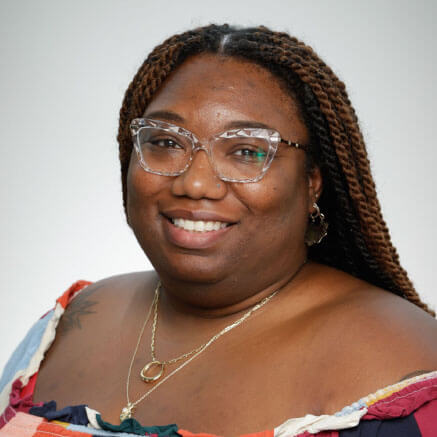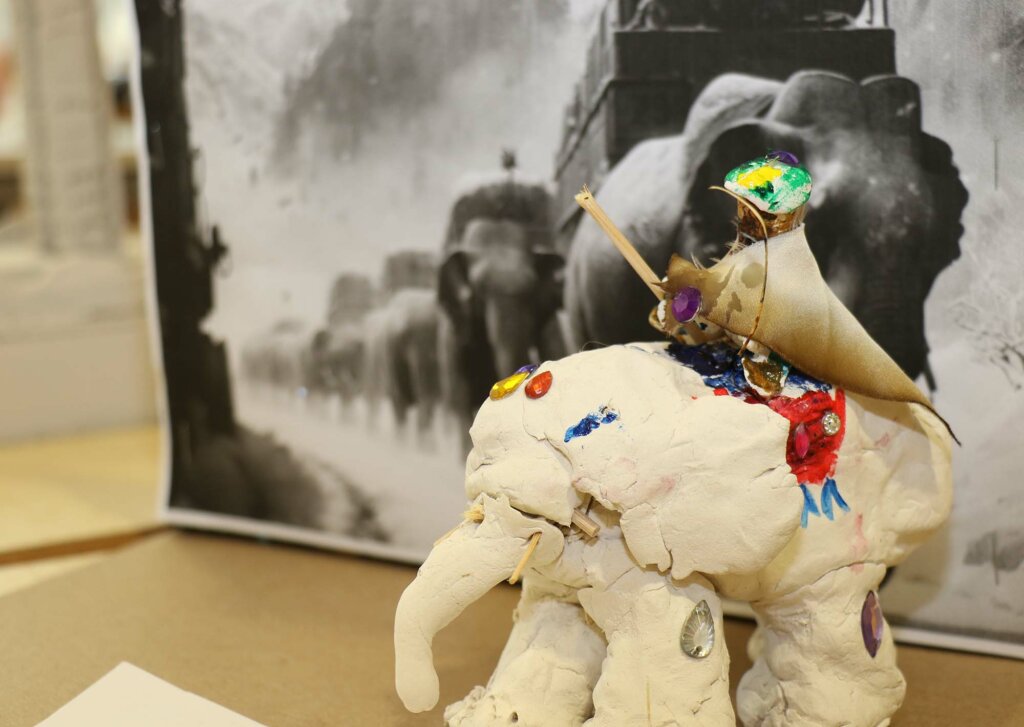News
Lower School’s Great African History Museum
Kindergarten students listened intently as fourth graders described their art projects about the Land of Punt, Ghana, Mali, Great Zimbabwe, and other kingdoms in their Great African History Museum.
African History Projects

Grade 4B Head Teacher Aiyana Parker had taught a monthlong unit about African history to Grade 4 at the Lower School. In pairs, the fourth graders had researched the kingdoms of Punt, Carthage, Ghana, Mali, Songhai, Kush, Axum, Mutapa, Great Zimbabwe, and Benin, using the elements of civilizations (G.R.A.P.E.S.): geography, religion, achievements, politics, economics (trade and specialized labor), and social structure. Working in pairs, the students began their work in early January. Parker suggested reliable resources for them to use. Each team created a slideshow of their research that they shared with their classmates. They then found one artifact from the civilization they studied as the basis for inspiration for an art project to display in the museum.
Impact of African Civilizations
“Africa was a powerhouse at one time,” said Parker. During their research, Parker said, students learned about the impact of the kingdoms on the modern world. For example, when the ruler of Mali, Mansa Musa I, made a pilgrimage to Mecca, “his caravan of reportedly over 60,000 people traveled with massive amounts of gold, even giving it away along his route, alerting the ancient world to the riches that existed in his kingdom.” She added, “The trans-Saharan trade route gave kingdoms such as Ghana/Wagadu immense wealth, and helped to spread Islam throughout the trading and elite classes of several Ancient African kingdoms, contributing to Islam becoming a powerful world religion.” Access to African resources made Portugal a world power. “Portugal developed a route around the coasts of Africa,” Parker explained, “to access South Asia, with several African kingdoms trading exports including, but not limited to, gold, cloth, salt, ivory, and enslaved people from kingdoms such as Songhai, Benin, the Congo, Great Zimbabwe, and trading cities on the Swahili coast.” Through trade and cultural exchange, the kingdoms “helped to shape the civilizations they engaged with.”
Examples of Student Works
Lower School classes were welcomed to the opening of the museum on February 22-23. Henry K.’31 had carved a model of a bird out of soapstone to represent the Great Zimbabwe culture. Ella R. ’31 showed kindergartners five ancient Malian coins and told them that Mansa Musa I was reportedly the richest person who ever lived. Erin B. ’31 displayed a replication of a queen of Benin’s ivory pendant. Students gathered around Sloane M. ’31 were fascinated as she described the round, fort-like structure representative of Mutapa, a regional trading power in gold, ivory, and copper. Brett R. ’31 had added tiny sailing ships to his recreation of the harbor of Carthage. At other desks, student visitors found a sculpture of a stelae from the Aksum Kingdom by Gisu R. ’31; a reenactment of Hannibal crossing the Alps by Poppy J. ’31; the tomb of Askia Mahamid by Chris A. ’31; and much more.

It was a wonderful opportunity to visit an African History Museum right there in Park Slope.



